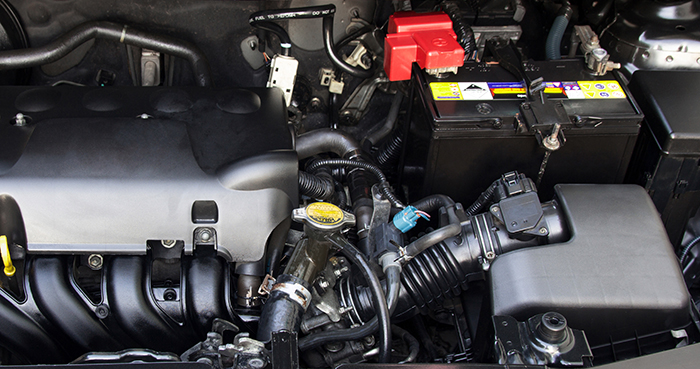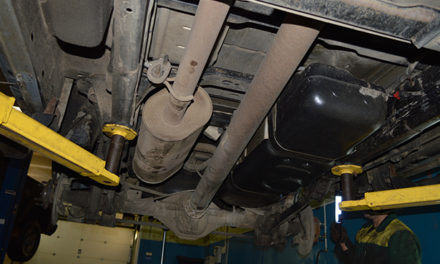As we’ve discussed in a previous post, the mass airflow (MAF) sensor measures the volume of air entering the engine so the Engine Control Unit (ECU) can calculate how much gasoline the fuel injectors should deliver to each cylinder in order to create the proper fuel-air ratio. Sometimes, however, a malfunction in this little instrument can lead to big problems, usually resulting in very poor engine performance.
What Are The Symptoms Of A Faulty Mass Air Flow Sensor?
Signs of a bad MAF sensor may mimic problems such as low vacuum, low compression, or low fuel pressure due to a bad fuel pump. The most common symptoms of a malfunctioning MAS sensor include:
- The engine is hard to start or has trouble turning over.
- The engine stalls soon after starting.
- The engine drags or hesitates when idle or under load.
- The engine hesitates and jerks during acceleration.
- The engine hiccups.
- The engine displays unusually lean or rich idling.
If you suspect that your MAF sensor is problematic, run a complete computer diagnostic. A bad MAF sensor will generate a particular code, so it’s easy to tell whether this is the source of your car troubles.
Will Cleaning My Mass Airflow Sensor Help?
Sure! To prolong your MAF sensor’s performance and lifespan, clean it either every time you change the oil, every six months, or every time you clean or change your air filter. Here’s a rundown of how to clean a dirty MAF sensor:
- Remove the MAF sensor: Open your vehicle’s airbox and use a flathead screwdriver to pull it out, but make sure you don’t touch the wires–they break easily, and a replacement could cost over $100.
- Clean your sensor: You have two options here. The cheaper option is to put the sensor in a plastic bag with rubbing alcohol; move the bag around so that the alcohol washes off the grime and dirt. The more sophisticated option is to buy a MAF sensor cleaner from an auto parts store and spray it onto the sensor.
- Dry and reinstall the MAF sensor: Whichever cleaning method you use, let the sensor air-dry for at least 20 minutes. If the sensor isn’t completely dry when you reinstall it, then it could become damaged. When you’re sure it’s dry, simply replace the sensor in the air box.











![[Vehicle Fitment]: Compatible with Hyundai Elantra 2011-2013 L4 1.8L, Elantra 2014-2016 L4 1.8L (Built in USA) --- For 2014-2016 Elantra, it only fits the models Built in USA, does not fit Korean Built; not fit 2.0L [Reference Number]: SP3034M, 31110...](https://m.media-amazon.com/images/I/41UdjfwSsFL._SL100_.jpg)